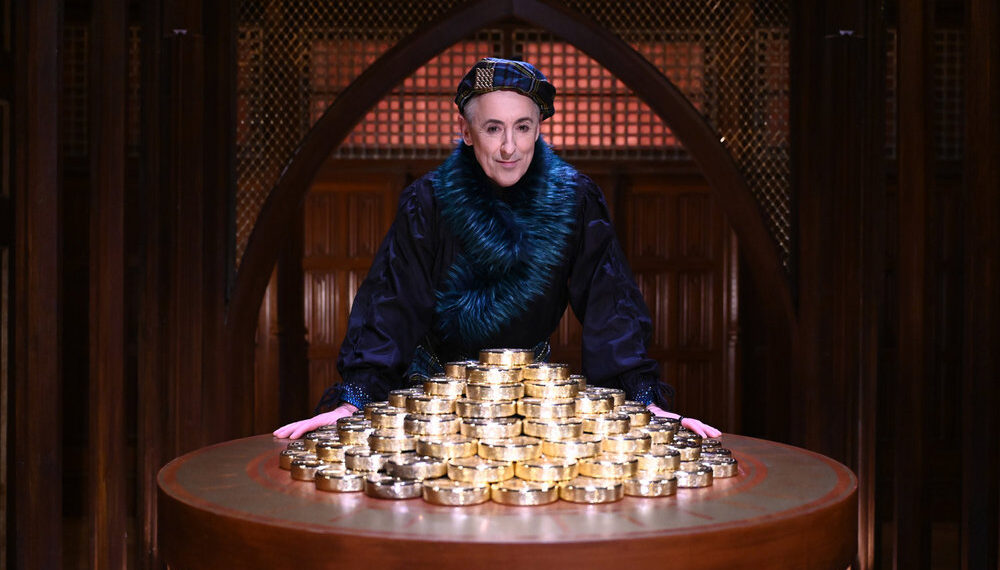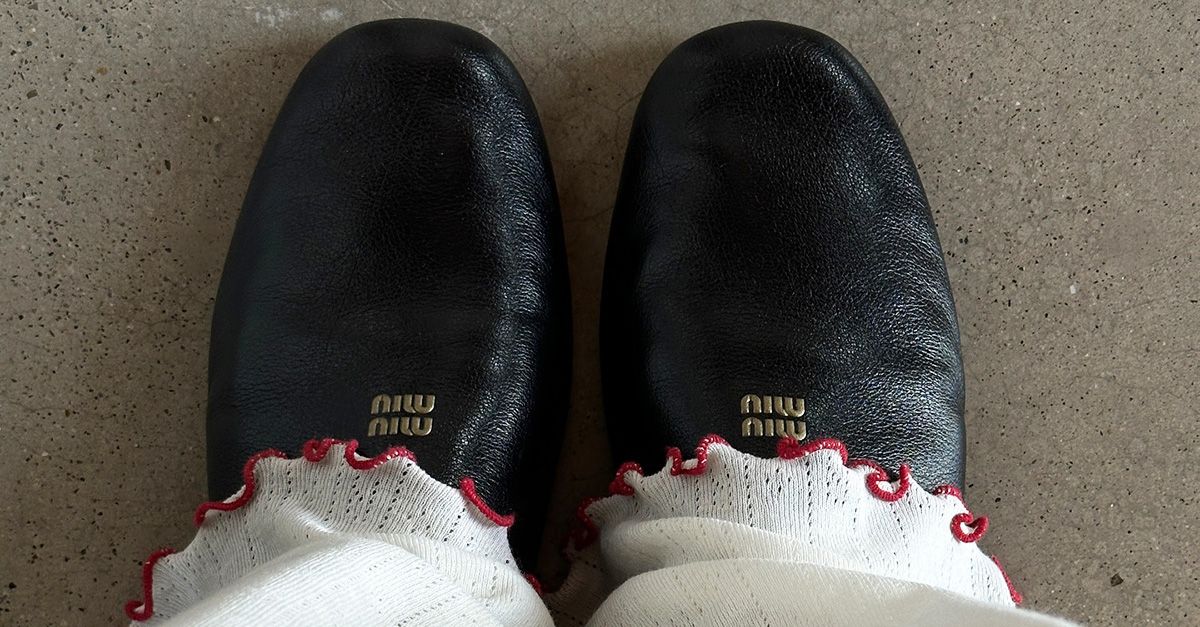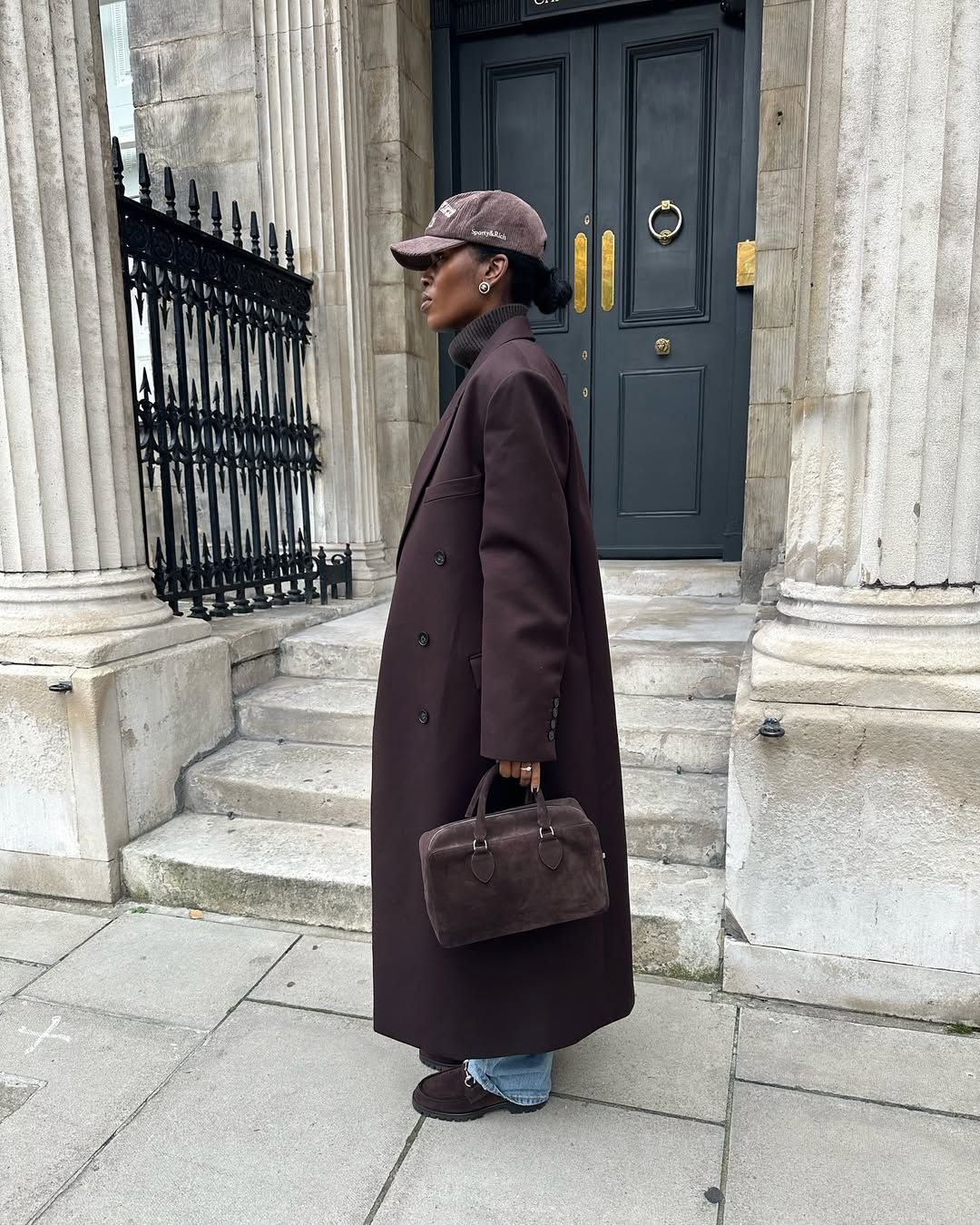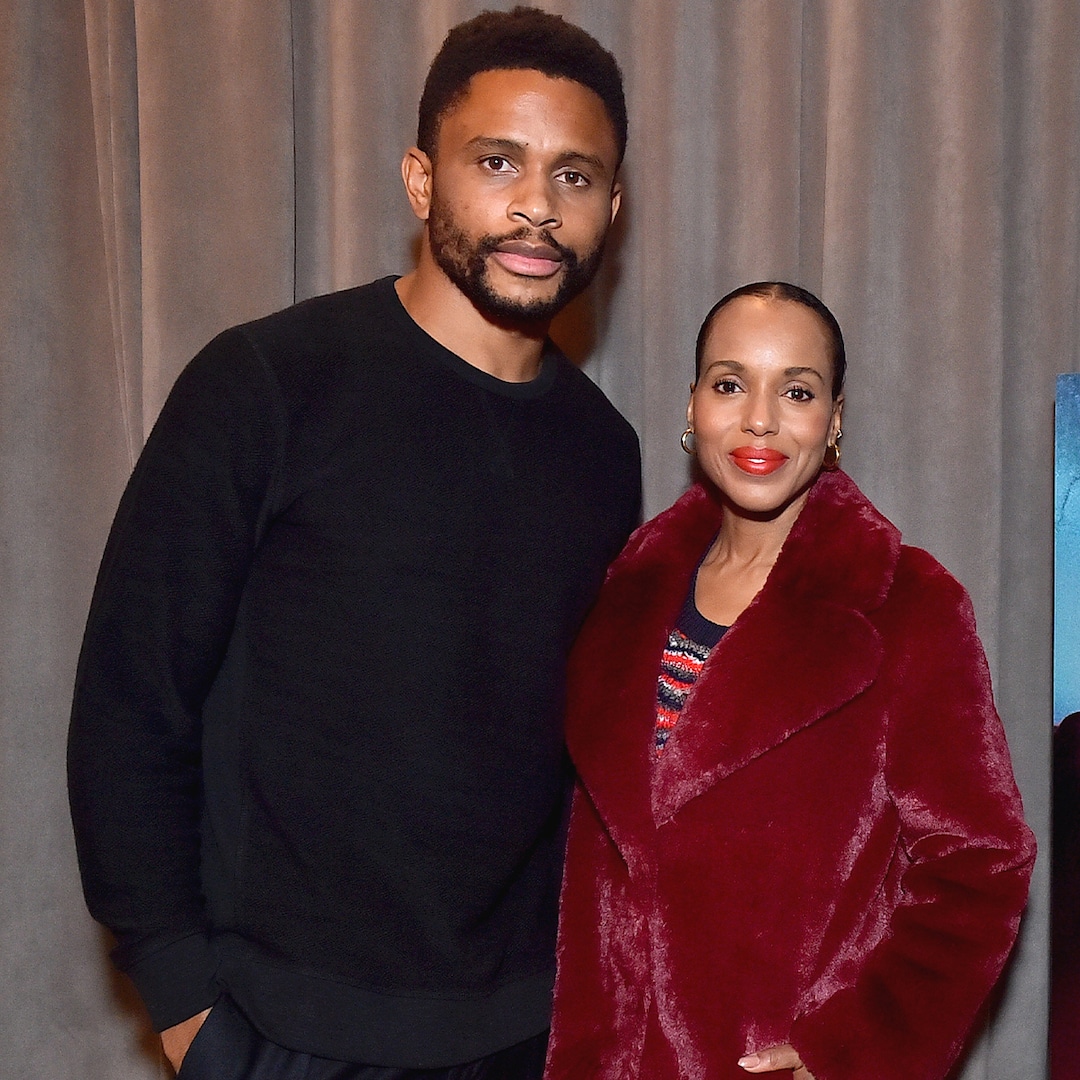Welcome to Found Frights, a monthly column in which Ari Drew highlights new, underrated, and underseen found footage movies for those of us who can’t get enough of this horror subgenre that just won’t die.
One thing that I’ve always loved about following and covering independent horror films is the prospect of discovering projects and talent that make me feel excited about the genre all over again. Despite its reputation over the years as a low-effort gateway to genre filmmaking, found footage films and those in its family of subgenres (see: screenlife, mockumentary) have often been able to spark that unique sense of giddiness in me when executed with care. At their best, they’re an impressive showcase of ingenuity, novel filmmaking approaches, and impassioned collaboration–often born of necessity due to the limited budgets most of these projects have to work with throughout production. At their worst, well… the poor reputation the subgenre has garnered among horror fans can feel more than validated.
Still, for all of the criticisms over the years, a significant portion of my favorite horror films are found footage projects that capture real-time terror in visceral and authentic ways. Needless to say, these are the types of projects I hope to highlight in Found Frights each month. With each entry, I hope you’ll take the journey with me to explore a project (or two) that represents some of the most promising talent in found footage and related subgenres–at times also featuring behind-the-scenes tidbits from the filmmakers themselves. While you may not discover your next favorite horror flick every time, it’s my hope that readers will walk away with a better understanding of why found footage still speaks to so many horror fans and is a subgenre worthy of attention and respect.
Now that all that’s out of the way, I’d like to present the first film in this inaugural Found Frights entry: Jack Dignan’s Puzzle Box.
Released earlier this year on digital platforms via genre label Welcome Villain Films, Puzzle Box follows struggling addict Kait (Kaitlyn Boyé) and her sister Olivia (Laneikka Denne) as they hole up in a remote cabin with hopes of getting Kait through DIY drug detox and rehabilitation. Wanting to keep Kait accountable and their parents in the know on the process, Olivia decides to document the experience in all of its messiness. Unfortunately for Kait and Olivia, rehabilitation proves to be the least of their struggles as they soon realize that the layout of the mysterious house is shifting, trapping the women in a disorienting (you guessed it!) puzzle box. Throw a frantic, bloody woman (Cassandre Girard) into the mix and you’ve got the perfect recipe for a liminal horror nightmare.

In recent years, Welcome Villain Films has exhibited a promising interest in found footage, having released two other noteworthy subgenre entries recently with Mind Body Spirit (2024) and Invoking Yell (2024). Puzzle Box settles in nicely into the Welcome Villain catalog, as it gives notable attention to the relationship between its lead characters amidst the horrors, a quality that the aforementioned films also arguably share. Australian director Dignan, who also wrote and edited the film, put great care into casting his leads, noting that he intentionally wrote the role of Kait with Boyé in mind and sought out Denne for the role of Olivia after recalling her previous audition for his first film, After She Died. “We only had really one rehearsal day with the two of them together, and it wasn’t even a rehearsal day of practicing lines from the script or anything like that,” Dignan recalls. “We wanted to find these characters together. So we were rehearsing these back story situations and we were doing improvisational games and crafting the world of this film without ever practicing the lines of dialogue on the page.”
As is typical for many found footage films, the actresses were also responsible for filming much of the footage themselves, which can certainly add an extra layer of stress to the filmmaking process on a low-budget set. Yet Dignan had nothing but praise for Boyé and Denne, who are also writers and directors in their own rights. “Thank God they had great chemistry,” he states. “They were able to bring an extra dimension to what was on the page and really elevating it into something very natural and very special.” Indeed, Boyé and Denne’s authentic sisterly rapport ultimately serves to underscore the themes of family strife, cycles of addiction, and redemption that permeate the film.
Though the film’s de facto antagonist The Screaming Woman was originally written as a male character, Dignan realized that making the character a woman would more effectively bring the themes of the film together. This shift happened only a week and a half prior to shooting, leading Dignan to place a last minute call to Girard, who previously played a small role in After She Died. “She has a great physicality to her and a really terrifying demeanor,” Dignan states. “And I know she knows how to scream very well! She did a fantastic job. She came in at the 11th hour and she saved our movie. She’s so terrifying.”
Dignan further discussed drawing real-life inspirations in deciding upon the film’s narrative structure. “[Addiction] is definitely something I’ve been around and I’ve seen, so it’s a story I wanted to tell,” he states. “And at the same time, I really wanted to raise awareness, not only just [about] the effects that drug addiction has on the addict but also on the family around them and the people they live with and the people in their lives. I wanted to tell this story of recovery and second chances and getting better.” Dignan recognizes the dichotomy here given that the subject matter of Puzzle Box is by and large quite bleak. “It’s a very dark movie […] but I think there are glimmers of optimism towards our third act. There’s a chance at redemption for everybody, and I think that was an important story that I really wanted to tap into.”
The contained yet ever-shifting setting of Puzzle Box makes for an increasingly claustrophobic energy that only ramps up as Kait’s withdrawal worsens and the house grows more labyrinthine. Needless to say, a keen eye for direction and editing are crucial to bringing a particularly disorienting vision like this to life, but Dignan was up for the challenge, finding inspiration from past found footage greats like The Blair Witch Project and the V/H/S series and more recent experimental genre fare like The Outwaters and Skinamarink. “I saw this as a really good opportunity to do something […] I could do on a budget and I could do in a really creative way. Yeah, it excited me! I didn’t think I’d ever do a found footage feature, but once I had […] that image in my head of the person covered in blood running towards the camera, I was like ‘OK, I really have to make this movie now. I can’t think a bout anything else until I get this movie finished and out into the world.’”
Dignan isn’t quite finished with the world of Puzzle Box, having just wrapped post-production on a prequel short entitled Puzzle Box: The Glitch, which will be included on the film’s physical release and as part of an anthology film that has yet to be announced. He will then shift gears to work on his follow-up to Puzzle Box, described as “a body horror rom-com [that’s] a lot of fun.” Color us intrigued!
Puzzle Box is currently available to rent or purchase on digital platforms.

The post Get Lost in the Inescapable Nightmare of ‘Puzzle Box’ [Found Frights] appeared first on Bloody Disgusting!.
























































![Iggy Azalea – Money Come [Official Music Video] Iggy Azalea – Money Come [Official Music Video]](https://i.ytimg.com/vi/7t5V5ygeqLY/maxresdefault.jpg)







![Get Lost in the Inescapable Nightmare of ‘Puzzle Box’ [Found Frights] Get Lost in the Inescapable Nightmare of ‘Puzzle Box’ [Found Frights]](https://i0.wp.com/bloody-disgusting.com/wp-content/uploads/2023/06/PuzzleBox_.jpg?resize=1000%2C600&ssl=1)










:upscale()/2023/11/07/047/n/1922564/tmp_HUEOid_059fdb8add5a7592_IMG_9589_1_.JPG)




